(CLO) President-elect Donald Trump recently threatened to impose tariffs of up to 100% on BRICS countries if the bloc seeks to “replace the dollar”. This tariff war is causing concerns about negative impacts on currency markets and the entire world economy.
In the past 2-3 years, the trend of de-dollarization has grown strongly in the world economy, as countries are gradually eliminating the dollar in foreign trade payments, replacing it with national currencies and trying to build an alternative structure for the international payment system.
This is especially true in the BRICS bloc, which includes Brazil, Russia, India, China and South Africa. In the future, BRICS member countries will aim to establish a single currency, which will significantly simplify economic cooperation between member countries.
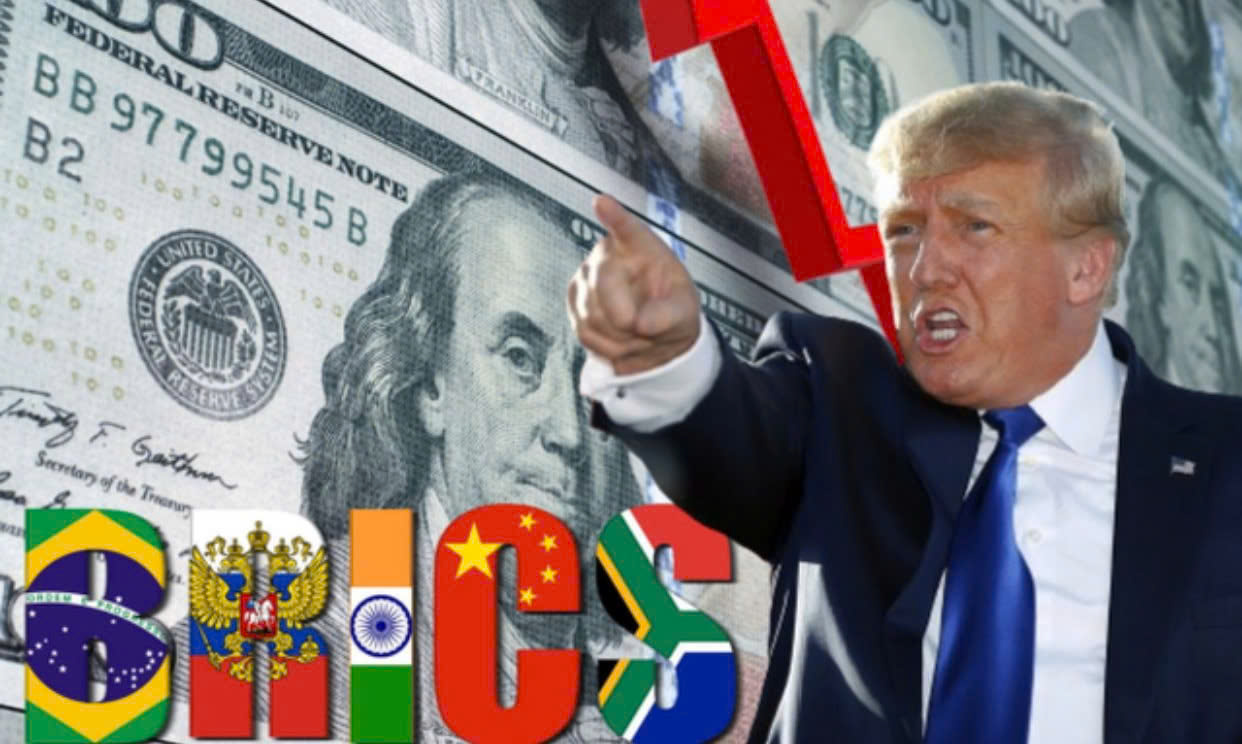
Illustration: CNBC
America fears losing the dominance of the dollar
This is clearly something that the US does not want and is trying to counter the emergence of instruments that could limit the unconditional dominance of the US dollar, which has been a feature of the world economy in recent decades.
President Donald Trump's rise to power in the United States could mark a major shift in US trade policy, with harsh tariffs and protectionist trade policies.
The strategy of “Trump Administration 1.0” focused on reducing the trade deficit and promoting domestic industries through a series of tariff and regulatory measures. The focus of this approach was the use of tariffs under Sections 301 and 232 of the Trade Act, primarily targeting China.
In his second term, Mr. Trump did not hesitate to "go to war" with BRICS, declaring that he could apply a 100% tax on trade with BRICS countries if they promoted the use of a single currency.
BRICS member countries are clearly not eager and ready for new escalations, but with their current economic potential, BRICS can challenge US leadership and the dominance of the dollar in the world economy.
The BRICS common currency project would be interesting and, if realized, would lead to a reduction in global demand for the dollar. In this light, President-elect Trump’s proposal for “draconian” tariffs could be understandable to protect the US and strengthen the dollar.
However, according to analysts, such trade protectionism will only create a division in the international trade system into regional blocs and increase the desire of the BRICS countries, if not to introduce a single trade and currency system, then a more explicit and public rejection of the dollar, using their national currencies in international payments.
Will BRICS help the world no longer depend on the USD?
Although there is no single currency, payments are currently made in the national currencies of the BRICS countries, while the New Development Bank (NDB) acts as a platform for integration, conversion and clearing.
As BRICS continues to challenge the dollar’s dominance in global markets, the creation of a payments system has become a top priority for the bloc in recent times. This would allow developing countries, especially in the global south, to reduce their dependence on the US dollar while promoting the use of their own national currencies for trade settlements.
Meanwhile, President-elect Trump wants the dollar to remain the world's important reserve currency, the main tool for foreign trade payments. However, in reality, we all see that the US trade deficit is very large, and it will be very difficult to simultaneously reduce this deficit and strengthen the dollar's dominance in the global economy.
Confidence in the dollar, which is essentially considered an important asset of the United States, is clearly waning. This is due in particular to the enormous level of US public debt, as well as the use of the dollar as a powerful tool of financial sanctions against other countries. As a result, the privileged position of the dollar in the global financial and monetary system is increasingly being questioned.
The US dollar is weakening
A strong dollar has long contributed to the prosperity of the US economy, especially in the 1990s, attracting large foreign investments, making domestic loans cheaper and, in general, increasing the purchasing power and spending of companies and households.
However, the situation began to deteriorate in the 2000s, when the US sharply expanded economic sanctions against its competitors. The share of the dollar in the reserves of central banks around the world fell from 73% to 59%.
According to Vladimir Stroev, Rector of the State University of Management (Russia), the unusual and tough approach of the upcoming Trump administration will cause the previous structure of the global monetary system to collapse at a faster rate than initially expected.
In fact, there have been many predictions about the collapse of the dollar, but none have come to pass. Accordingly, about 70% of the world's debt is denominated in dollars and the dollar's share in international foreign exchange transactions is 90%. Oil and many raw materials continue to be traded in US dollars. The dollar remains the most freely traded and liquid currency in the world.
However, the Russian expert said that President Donald Trump's intervention in international trade could lead to strong fluctuations in the currency market and new crises that could affect the economies of many countries that depend on the dollar.
Of course, the currency’s place in the global economy is not what it was a few decades ago. But Mr Trump’s current approach is another reminder of the negative impact that trade protectionism can have on currency markets and the global economy as a whole.
Ha Anh
Source: https://www.congluan.vn/cuoc-chien-thue-quan-my--brics-co-the-tac-dong-toi-toan-bo-kinh-te-the-gioi-post324509.html



![[Photo] Buddha's Birthday 2025: Honoring the message of love, wisdom, and tolerance](https://vphoto.vietnam.vn/thumb/1200x675/vietnam/resource/IMAGE/2025/5/12/8cd2a70beb264374b41fc5d36add6c3d)
![[Photo] Prime Minister Pham Minh Chinh works with the Standing Committee of Thai Binh Provincial Party Committee](https://vphoto.vietnam.vn/thumb/1200x675/vietnam/resource/IMAGE/2025/5/12/f514ab990c544e05a446f77bba59c7d1)
![[Photo] Prime Minister Pham Minh Chinh starts construction of vital highway through Thai Binh and Nam Dinh](https://vphoto.vietnam.vn/thumb/1200x675/vietnam/resource/IMAGE/2025/5/12/52d98584ccea4c8dbf7c7f7484433af5)


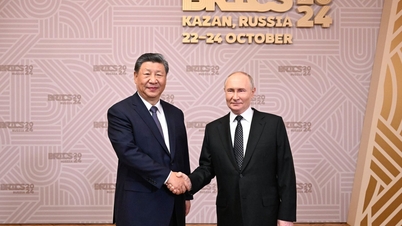

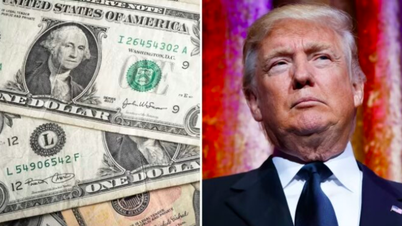

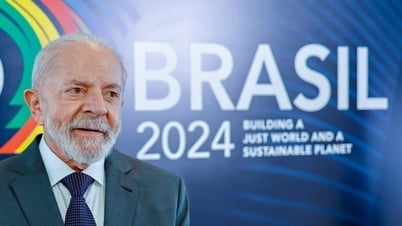


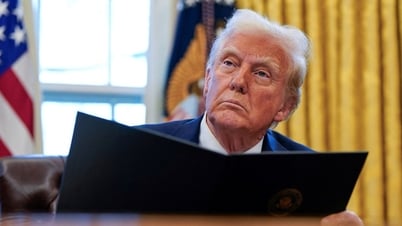

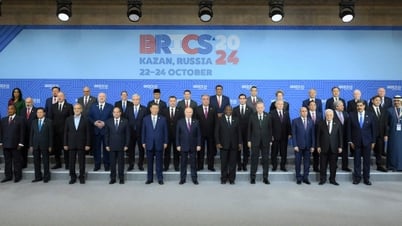
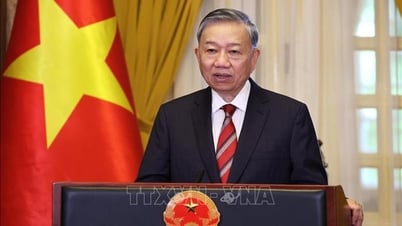
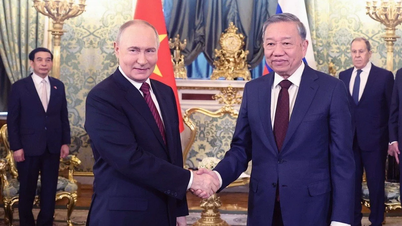
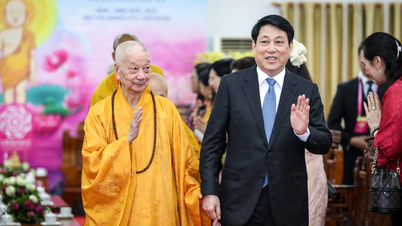


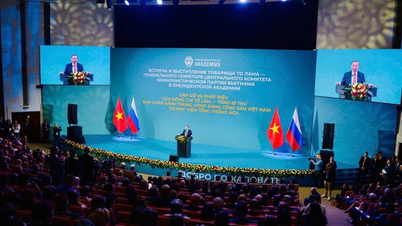








































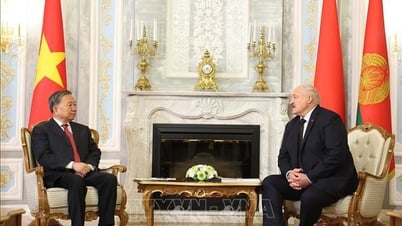
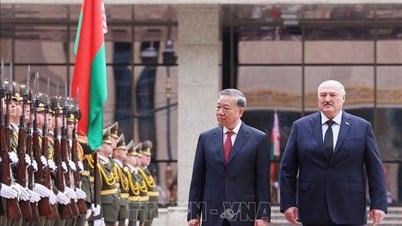




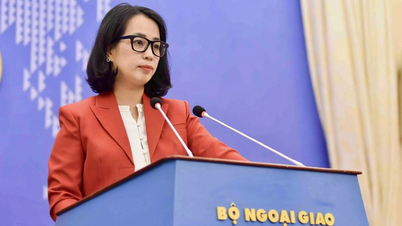





























Comment (0)